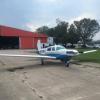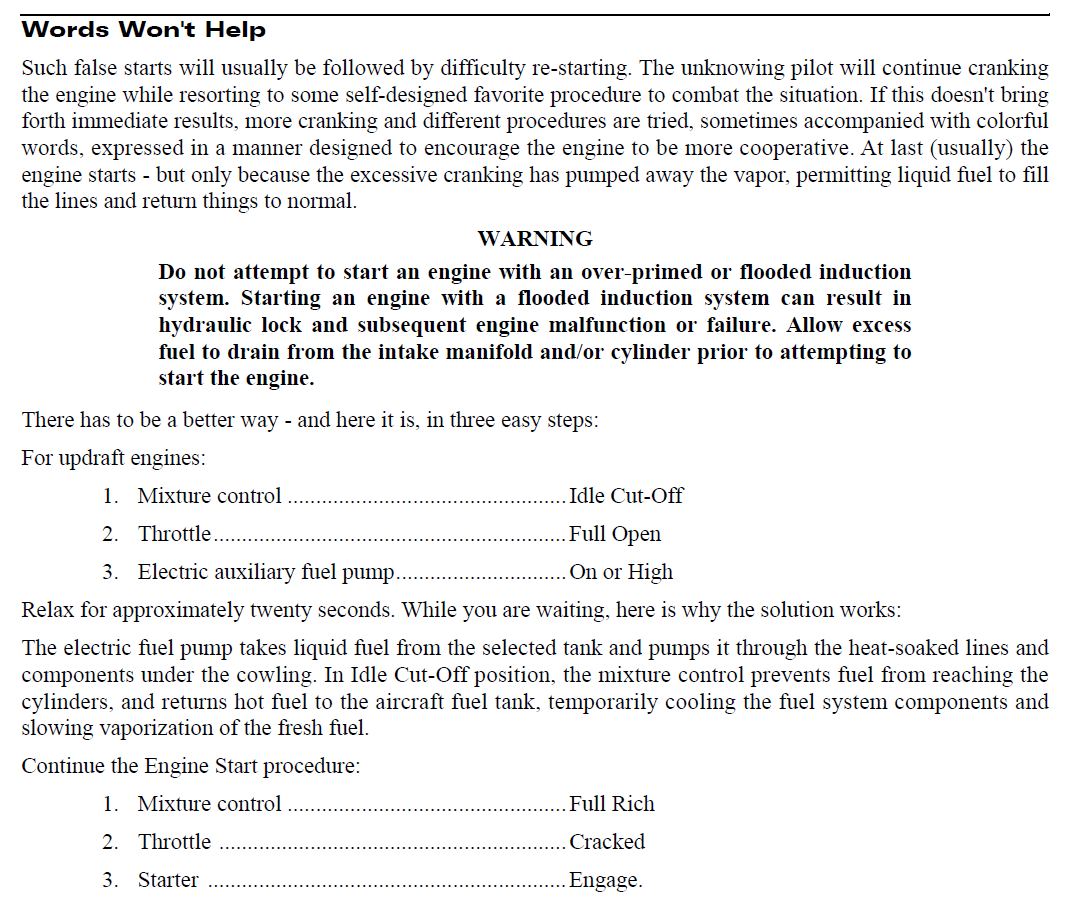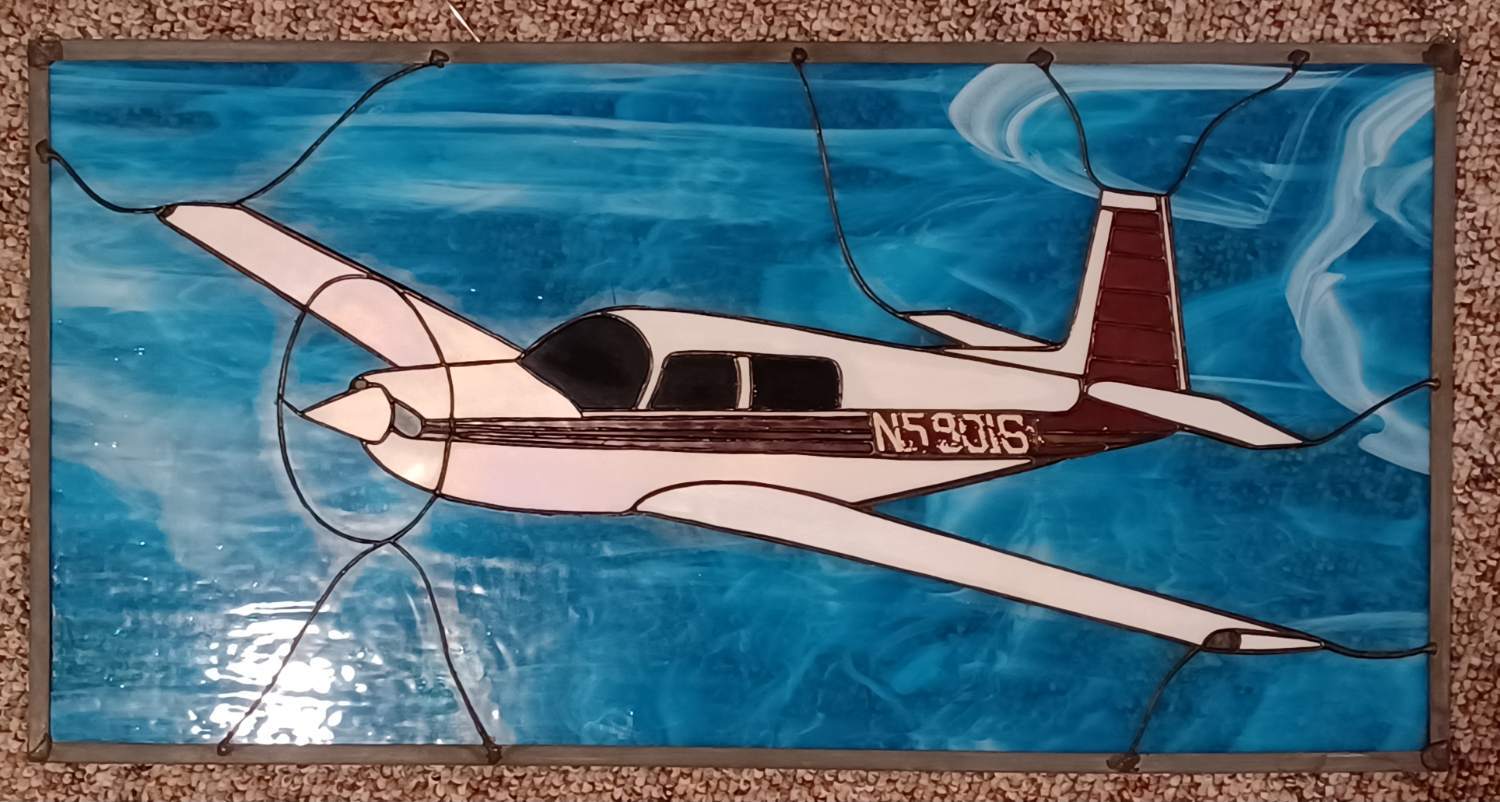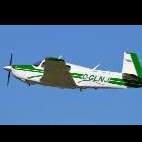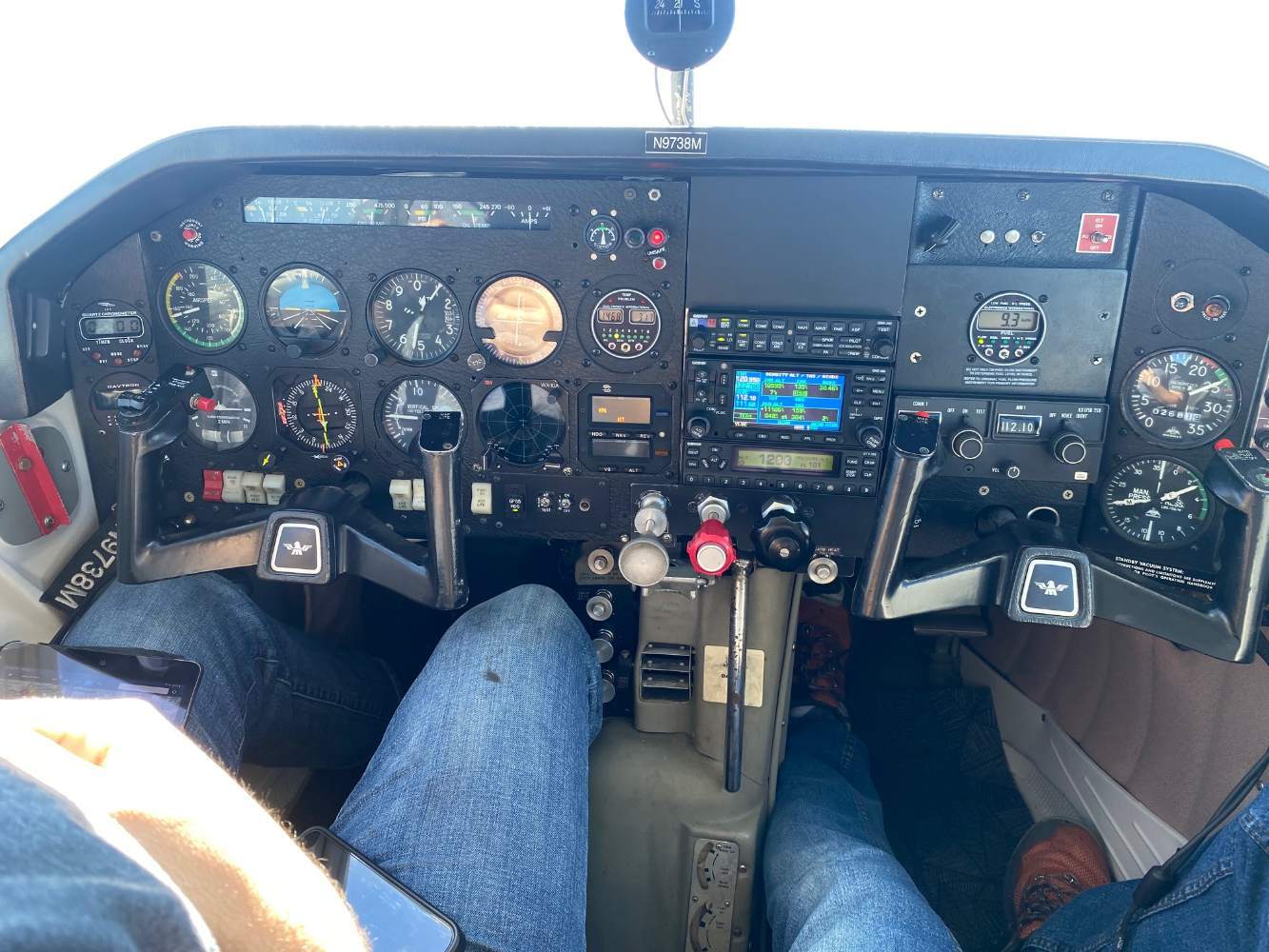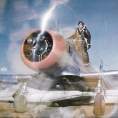All Activity
- Past hour
-
toto started following seeking current owner of N58016
-
There’s no flight history on this a/c (or, at least, the last flight I see was in 2002). It seems to have a current registration, so presumably it’s still operational. The owner may have opted out of the commercial flight tracking databases. Maybe someone with a fancy adsbexchange subscription can see if it’s flying. The hive mind of MS is pretty good at these sorts of things, so I’m optimistic you’ll get in touch with the owner. Seems like a nice piece of aviation art that would be best kept with the plane. As mentioned elsewhere, you can almost certainly get in touch with the right contact if you go through the business records at the SoS office. But I understand that you’re short on time. Maybe someone here can provide a PM with contact info.
-
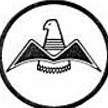
IO-360 ‘warm engine’ start on M20J
Shadrach replied to Tiny18Driver's topic in Modern Mooney Discussion
You would expect people to have different experiences, given the differences between the Bendix RSA style fuel system, and the Continental fuel system. Lycoming have no return line from the servo as there is with the Continental. This means that you cannot circulate fuel through the servo. It’s a one-way street from the tank to the injectors. This does not mean that it is difficult to hot start an injected Lycoming engine, it just means that one must use procedures oriented towards the Bedix RSA style fuel system. Challenging hot starts are often related to ignition issues. These engines really aren’t that hard to start when hot. I’m proof that it doesn’t take a genius. - Today
-
Here's how Continental says to do it, from their "Tips on Engine Care" publication. Works every time. Full documentation attached and worth the read. Lycoming people may have a different experience. Hot Start Procedures - Continental.pdf
-
MKEgal started following seeking current owner of N58016
-
https://imgur.com/gallery/28uFdLJ Several decades ago, my dad owned this plane. One Christmas, mom found a stained glass artist who made this panel, complete with tail number & the right color stripe. After dad died the plane was sold. Why we still have the stained glass, I don't know, but if the current owner can be found & wants it, s/he can either pick it up [SW Kansas City, KS area] or pay for packing & shipping. [This is about 12x24".] We only have about 2 weeks before this gets donated or sold by the estate sale company. I've found a current registered owner in Muskegon, MI but can't find his contact information.
-
For those of us that fly in the south where air is warm and humidity is high, our performance will not match our northern counterparts. I routinely see a 10 knot difference in TAS between flights in PA (where he is) and flights in FL. Our engines are not making rated HP in hot and moist air, if you want bragging rights, move to where it’s cold and dry.
-
favor534 joined the community
-

Upper cowl machine screw issue on '83 J
0TreeLemur replied to 0TreeLemur's topic in Modern Mooney Discussion
To answer my own question it is not a floating nut plate so alignment was not the issue. Running a tap in did clear the way. It seems odd to me that suddenly it developed a problem. I can't imagine what caused it to change. I suspect that nut plate is going to need replacing sooner rather than later by an A&P with the experience and tools, which I am not. -

IO-360 ‘warm engine’ start on M20J
0TreeLemur replied to Tiny18Driver's topic in Modern Mooney Discussion
This is what I do too. And it allmost always works. There is a video by Don Maxwell about hot-starting a Mooney that I really enjoyed and thought was educational. It's linked here on this site multiple places I'm sure. In that video he said "Lycoming engines always start flooded." I took that to heart and it relieved my stress about starting a hot or warm engine. -
IO-360 ‘warm engine’ start on M20J
MikeOH replied to Tiny18Driver's topic in Modern Mooney Discussion
For anything but a cold stat my technique is to leave the throttle where it was at shutdown (1100 rpm), NO boost pump, mixture ICO, start cranking and WAIT 2 to 3 seconds to see if it lights off...if not, then I SLOWLY start advancing mixture until it starts. This works for me for anything from a few minutes to a couple of hours after shutdown. -

1980 M20 K 231 with Merlyn and Turbo plus-- $147,900.00
Steve Dawson replied to Steve Dawson's topic in Aircraft Classifieds
Added new equipment including a 28 volt Robotow and Rosin sun shades- 16 replies
-
- 231
- m20k for sale
-
(and 1 more)
Tagged with:
-
This translates to approximately 147ktas which makes more sense. I honestly can’t tell you what the RPMS were but I normally cruise at 2400 even up high. I know that our little C models are amazing for the speed you get from 180hp but 160 knots does seem a bit questionable
-
He's showing just over 20" at 11,500; my C barely makes that at 10,000. And at 20"/2500 and 10,000 msl, I'm usually around 145-148 KTAS (indicating around 145 mph).
-
IO-360 ‘warm engine’ start on M20J
Joe Linnebur replied to Tiny18Driver's topic in Modern Mooney Discussion
Like Mooney in Oz said above, in those ‘intermediate’ situations I tend to go rich mixture, throttle full, then a few second burst of the fuel pump. Then I do a hot start technique (throttle open a little more than normal, mixture lean). Seems to light off within 10 blades. A little throttle “in and out action” sometimes is needed to get the air/fuel ratio right, but that might be our engine. -
Ragsf15e started following IO-360 ‘warm engine’ start on M20J
-
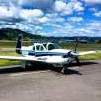
IO-360 ‘warm engine’ start on M20J
Ragsf15e replied to Tiny18Driver's topic in Modern Mooney Discussion
I generally did them in this order when warmish… 1. Hot start 2. Normal prime, normal start 3. Flood it, flooded start. Don’t remember getting to #3 more than once or twice in 10 years. Fyi, I always prime with throttle full open, mix full rich as that’s the most flow. -
That’s exactly what I’m getting at. The numbers don’t add up.
-
You’re assuming the instrument is correct on a 60 year old plane.
-
Looks like that isn’t even at full throttle? Something doesn’t add up.
-
135KIAS at 10,500 is ~160KTAS... I'd like to see those speeds out of my J (and like the C you're flying, I don't have the lower gear doors).
-
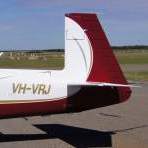
IO-360 ‘warm engine’ start on M20J
Mooney in Oz replied to Tiny18Driver's topic in Modern Mooney Discussion
If mine has been shutdown for longer than about 20-30 minutes, I fully open the throttle, give it a quick half a second boost pump squirt of fuel, close the throttle then do a normal start. This method generally works for me provided I don’t over do it with the boost pump. -
Tiny18Driver changed their profile photo
-
Tiny18Driver started following IO-360 ‘warm engine’ start on M20J
-
Hi all- Does anyone have thoughts on starting a sort-of warm engine that’s most likely in vapor lock? Hot start— check, no issues. Standard cold start— check no issues. Flooded start— check, no issues. An engine that has sat for about 2 hours— kicking my butt. Previous chats and the internets suggest going with a hot engine start (throttle - slightly in, mixture - cutoff, no boost). That’s not really working. My Plan B has been to boost it to a flooded state (checklist style with throttle cracked, and mixture rich) then doing the AFM Flooded Engine Start. Also not really working. Now I’ve seen a suggestion to boost it to a flooded state by: Mixture - Rich, Throttle - FULL OPEN, Boost pump - ON 3-5 seconds, then crank with Throttle - ~1000RPM, Mixture - Idle/Cutoff. I guess it sort of makes sense to boost with throttle fuel open to purge fuel lines of vapor, but that’s a new one to me… so I now open the floor for suggestions. Cheers!
- Yesterday
-
Well for whatever it is worth it I went to fly the M20C from my 93 year old friend who now prefers to fly dual... I was surprised at the speed that this little carbureted airplane is able to achieve (I fly an M20M). Does this seem normal? It does have all kind of speed mods including J windshield and fairings and gap seals etc. but still has the 180HP engine.
-
Well The Village People are popular again
-
I've been twice, haven't been asked to drop trou. But my former urgent care place has turned into family medicine (found out when I got sick and popped in), so need a new place. Will talk to my new doc, sadly not nearly as close to the house . . .
-
Let's hope it doesn't evolve to ramp checks.
-
NEW NEWS FROM LASAR AND MOONEY AS OF 10/2/2025
PeterRus replied to cliffy's topic in General Mooney Talk
Mooney Part 914004-000 Click #1 -- LASAR is $270: https://lasar.com/hardware-bolts/machined-bolt-nose-gear-914004-000 Click #2 -- non-LASAR: $18: https://www.altairaircraft.com/products/914004-000-mooney-texas-several-machined-bolt-nose-gear-price-per-each Not available, but nevertheless I'd like to meet the person who slaps a $300 price tag on a bolt.. Sad, very sad. -
My Basic Med doc asked to see my anus, so I bent over spread my butt cheeks and said, "See! No contraband, no shivs!"

